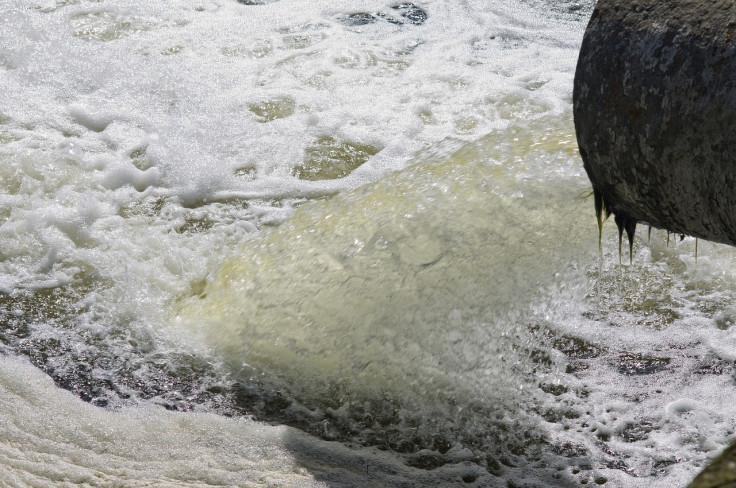
The San Diego County has launched a pilot program that will randomly give away air purifier to residents as the complaints regarding odor from toxic sewage coming from the Tijuana continue to increase. Residents have reported chronic coughs, migraines and nausea, and say the symptoms go away when they go elsewhere.
Authorities allocated $100,000 to these devices in June as the issue escalated. They indicated that those who want to enter the draw have time to do so until August 14 and advised them to "act fast" due to their "limited supply."
To be eligible, households must live within the zip codes 91932, 92154 and 92173. Those not selected are encouraged to check the website in the future "for details on possible future opportunities."
The purifiers are intended as a short-term solution as pollution levels continue to be elevated. District authorities stepped up their efforts by issuing an air pollution violation to the U.S. International Boundary and Water Commission, which manages wastewater infrastructure in the Tijuana River Valley.
Several beaches in San Diego have closed over the past months as sewage flowing from Tijuana continues to make waters unsafe for people. Tijuana Slough, Imperial Beach Shoreline, Silver Strand Shoreline and Coronado Shoreline are among the most affected areas.
The issue has extended for weeks and there are no signs it will ease in the near future. Just in June, more than 14.5 billion gallons of untreated raw sewage seeped into the shores from Mexico, according to the International Boundary and Water Commission.
Now, a new spot called "Goat Canyon" is responsible for at least one million gallons more every day, according to Border Report. According to Imperial Beach Mayor Paloma Aguirre, the flow is a result of a $33.3 million treatment plant that is being built in Tijuana, one of several projects underway south of the border to mitigate sewage flows. According to Reuters, the plant is scheduled to come online by September 30.
Recent samples collected by researchers from San Diego State University's Water Innovation and Reuse Lab showed that pollution levels remain extremely high. The samples collected are tested in the lab for indicators such as E. coli, enterococcus, total dissolved nitrogen, and dissolved organic carbons.
The team collected water samples from the Hollister Street Bridge, with one of its members noting the water's green, murky appearance and pungent odor. "It smells like sewage," Alex Grant told Fox 5 San Diego.
© 2025 Latin Times. All rights reserved. Do not reproduce without permission.




